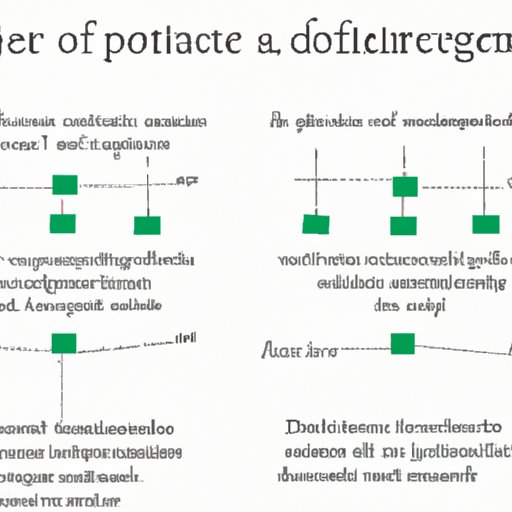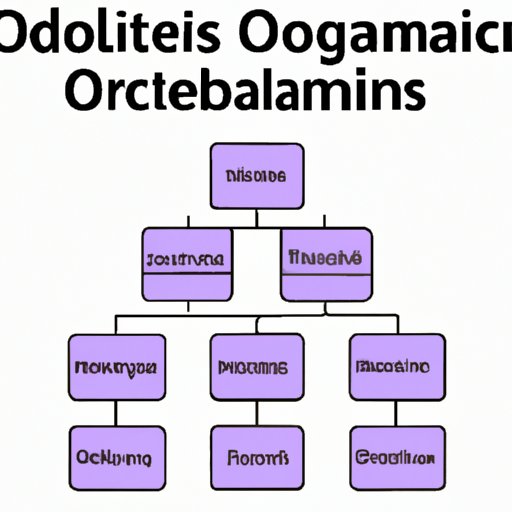Introduction
Object-oriented programming (OOP) is an integral part of modern computer science. It is a style of programming that uses objects to represent data, making it easier for developers to create complex applications. But what exactly is an object in computer science? In this guide, we will explore the concept of objects in programming and the various ways they are used in computer science.
Exploring the Basics of Object-Oriented Programming
Object-oriented programming is a style of programming that relies on objects to store and manipulate data. An object is a self-contained entity with properties and methods that can be used to represent real-world entities. Objects can also be used to model problems and provide solutions to them. To understand objects in computer science, it is important to understand the key principles of object-oriented programming: classes, inheritance, abstraction, encapsulation, and polymorphism.
A class is a template or blueprint that defines the characteristics of an object. It describes the properties and methods of an object. For example, a Car class might define the properties of a car such as its color, make, and model, as well as its methods such as start, stop, and accelerate. Classes can also be used to create subclass objects that inherit the properties and methods of the parent class. This allows developers to create objects that have similar characteristics but different behaviors.
Abstraction is the process of hiding the details of an object’s implementation from the user. By abstracting away the internal workings of an object, developers can simplify the code and make it easier to read. Encapsulation is the process of wrapping an object’s data and methods together into a single unit. This helps to protect the object from unauthorized access and makes it easier to maintain. Polymorphism is the ability of an object to take on different forms depending on the context. This allows developers to write code that is flexible and reusable.
A Comprehensive Guide to Objects in Computer Science
Objects are used in a variety of ways in computer science. They can be used to model real-world problems and provide solutions to them. Developers use objects to create data models that can be used to store, retrieve, and manipulate data. Objects can also be used to design algorithms and data structures that can solve complex problems efficiently.
Objects have several advantages over other forms of programming. They allow developers to create systems that are easier to maintain and modify. Objects also promote code reuse, which helps to reduce development time and costs. On the other hand, objects can be difficult to debug and test, and their complexity can make them difficult to understand.
In computer science, there are several types of objects. These include primitive objects, composite objects, abstract objects, and virtual objects. Primitive objects are simple objects such as integers and strings. Composite objects are made up of multiple primitive objects. Abstract objects are objects that do not exist in the physical world, such as databases and networks. Virtual objects are objects that exist only in memory and do not have a physical representation.

Investigating the Role of Objects in Algorithms and Data Structures
Objects play an important role in algorithms and data structures. Algorithms are sets of instructions used to solve problems. Objects can be used to represent the data in an algorithm, allowing developers to more easily manipulate the data. Objects can also be used to create efficient data structures such as linked lists and binary trees. These data structures can be used to store and organize data in an efficient manner.
Objects are also used in graph algorithms, which are used to find the shortest path between two points. Graphs are composed of nodes and edges, and objects can be used to represent these elements. Objects can also be used to represent the state of a system in a search algorithm. This allows developers to more easily keep track of the progress of a search.
Examining the Evolution of Object-Oriented Programming
Object-oriented programming has come a long way since its inception in the 1960s. Over the years, it has evolved from a simple idea to a powerful tool used by developers around the world. Today, object-oriented programming is used to create everything from web applications to mobile apps and games.
Modern object-oriented programming languages such as Java and C++ offer powerful features such as generics, lambda expressions, and annotations. These features make it easier for developers to create robust and maintainable applications. Additionally, modern object-oriented programming languages are designed to be multi-paradigm, allowing developers to mix and match different programming styles.
Conclusion
Objects are an essential part of computer science. They are used to model real-world problems and provide solutions to them. Objects can also be used to create efficient algorithms and data structures. Additionally, objects are used to create powerful applications using modern object-oriented programming languages. By understanding the basics of objects and object-oriented programming, developers can create robust and maintainable applications.
(Note: Is this article not meeting your expectations? Do you have knowledge or insights to share? Unlock new opportunities and expand your reach by joining our authors team. Click Registration to join us and share your expertise with our readers.)
